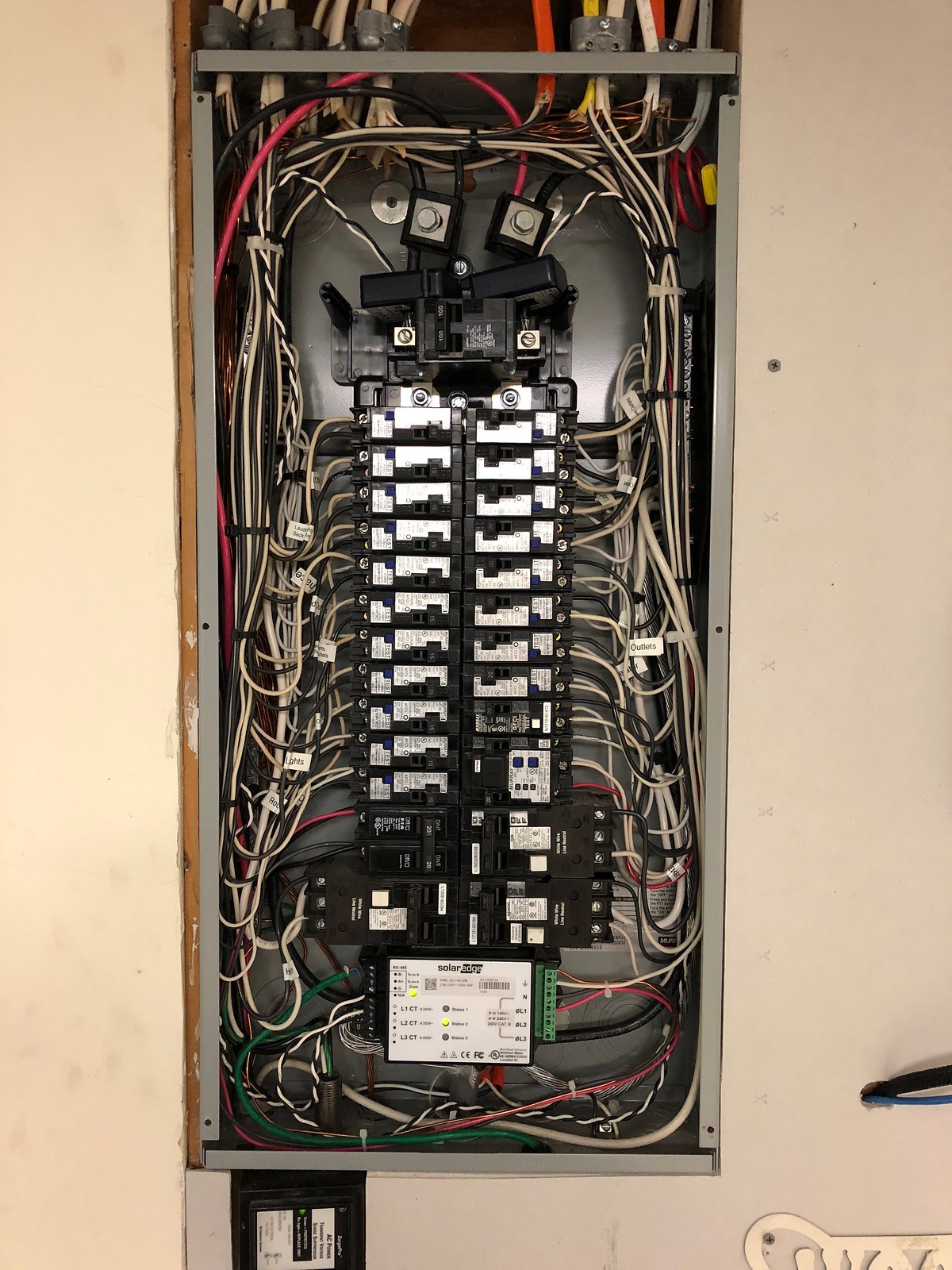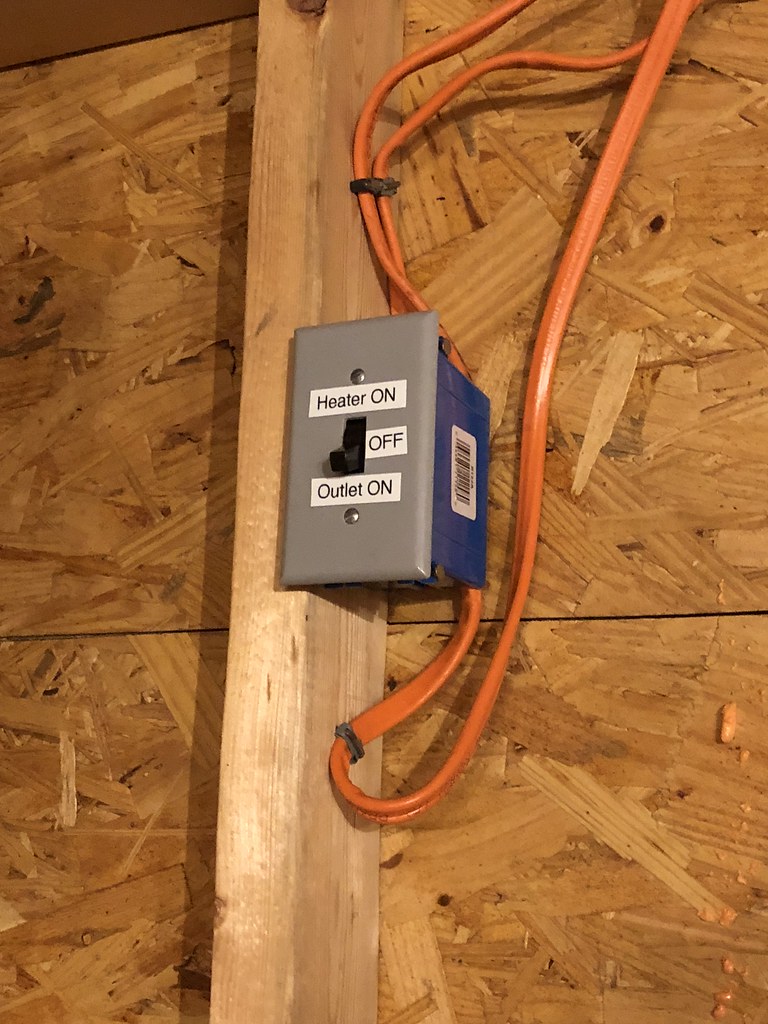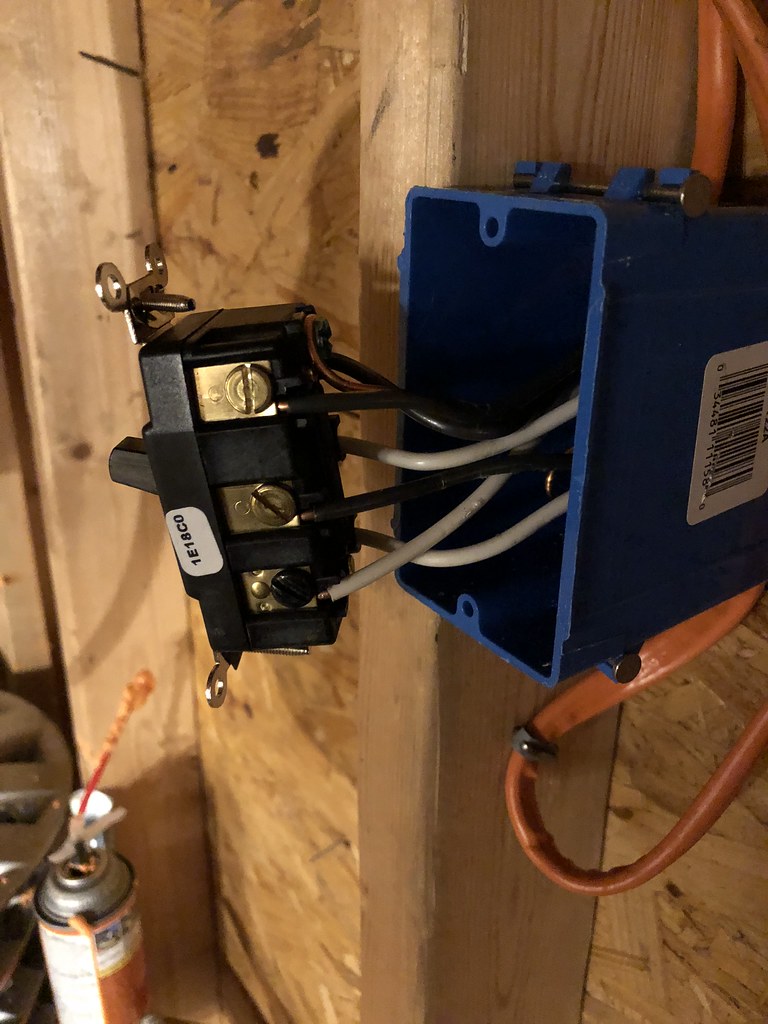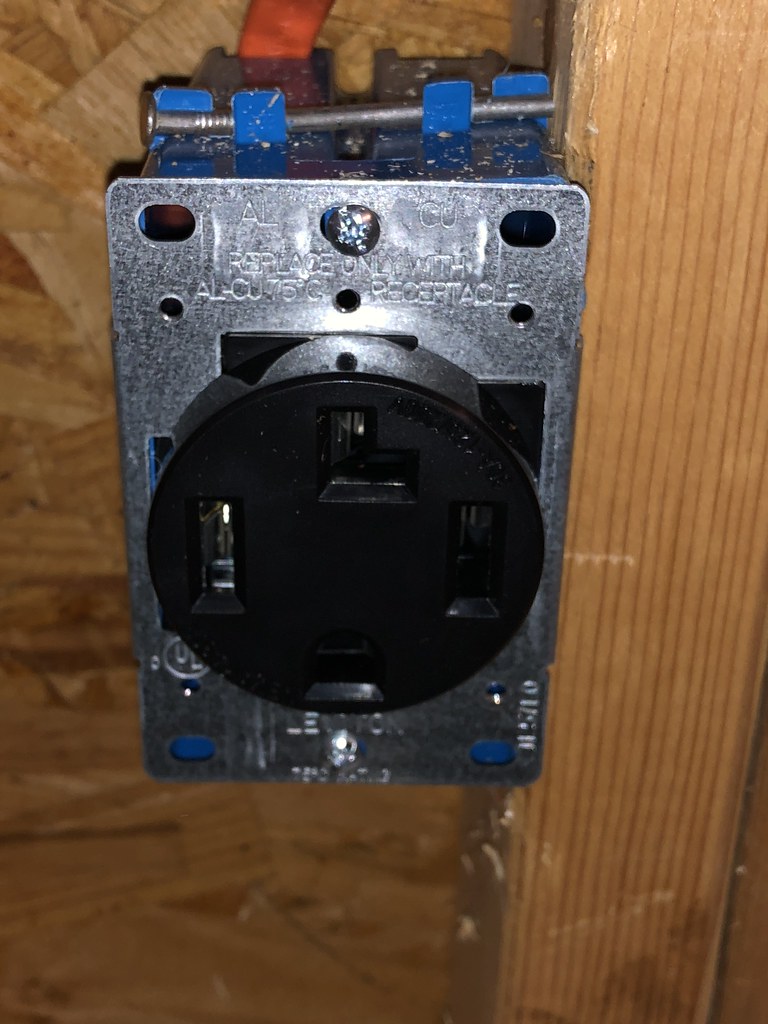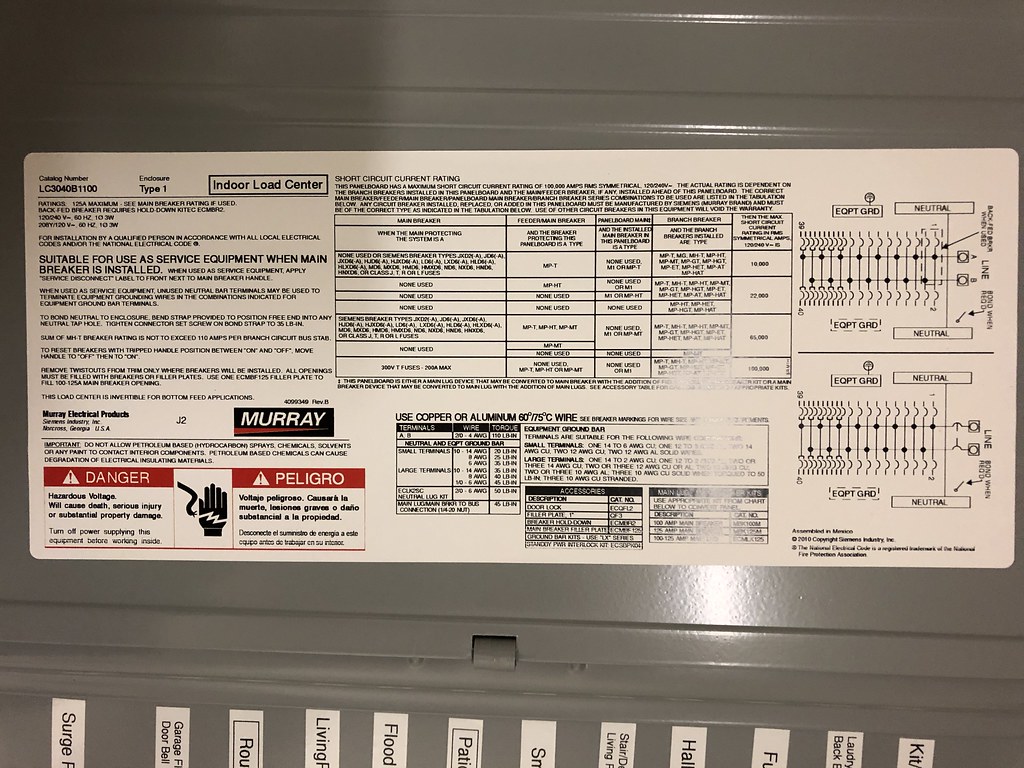I decided to go for the wall connector. I realized it protruding out shouldn’t be a problem because there is a knee wall.
I may or may not add the switch to switch between heater and EV. Just adds one more point of failure. I definitely would if I used the heater more often than once a year, if that. I know code/inspector doesn’t care about frequency of use or how “careful” I think I will be.
I may or may not add the switch to switch between heater and EV. Just adds one more point of failure. I definitely would if I used the heater more often than once a year, if that. I know code/inspector doesn’t care about frequency of use or how “careful” I think I will be.
Last edited:



